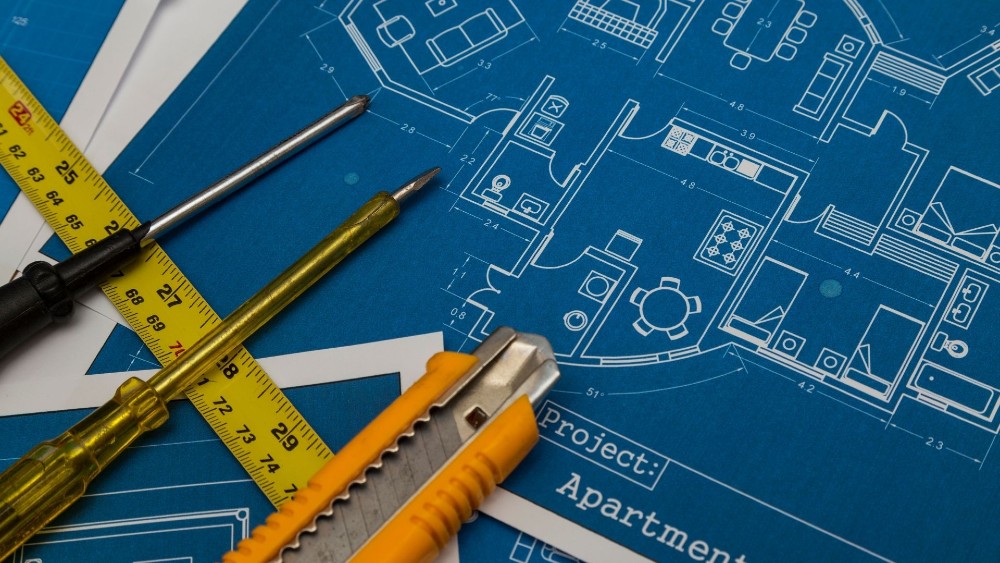A brief overview
Buying a house to rehab can be an expensive exercise, but if you plan it out strategically and strictly stick to the budget you’ve created, you can rehab the house, sell it and still recoup what you’ve spent and more.
Key Points
Buying a property in order to rehab it sounds easy enough, but it’s not a cheap project to take on. Not only are there all the buying costs and the purchase price, but there are also the renovation costs which often come in way over budget. Whether you’re an aspiring investor or a seasoned one, a house rehab can be a daunting project to take on. However, having a plan of action and sticking to it, is a good way to keep your project on track and not go over budget.
Here’s our step-by-step guide to a home renovation and advice on which projects will give you the most bang for your buck.
How to rehab a house step by step
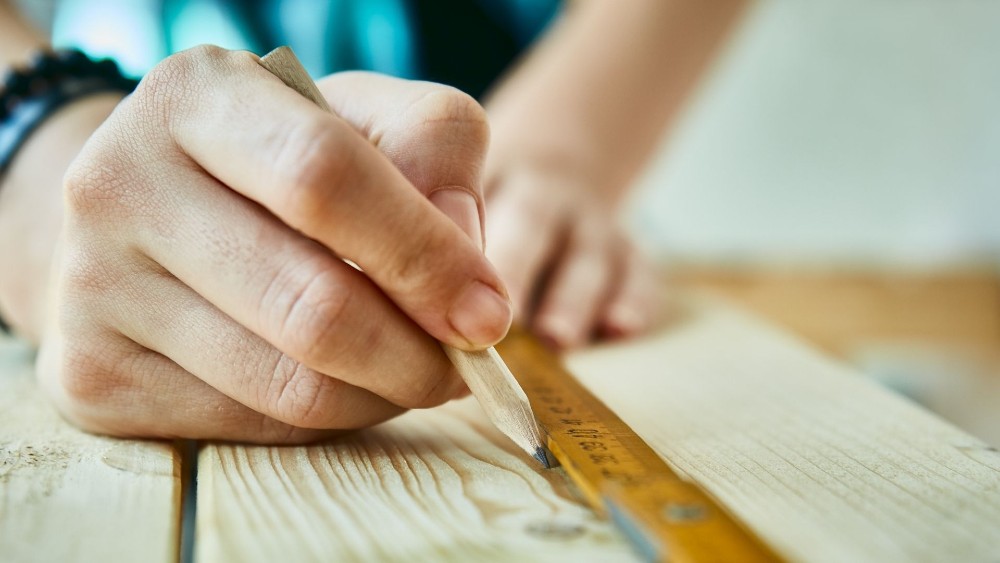
Step 1: Inspection
Once you’ve found a property that you’d like to rehab, your very first step is to do a thorough inspection of the property. You can have a professional inspector do this with you if you’d like to get the full scope of the property, and they might be able to spot things that you’d miss.
The inspection should include things like; walls, ceilings, floors, foundations, sewer lines, the electrical system, the air-conditioning, plumbing and so on. This will give you a good indication as to any defects that the home has, and where the most vulnerable areas of the house are, so that you know what needs to be repaired.
Step 2: Checklist
Your next step is to make a rehab checklist. This will form the basis of the entire project and help you stay on top of what needs to be done, has been done and is yet to be done. Here, you can list the repairs that are non-negotiable first, and then add on the renovations that you’d like to do to increase the property’s value.
Step 3: Budget
This is the most important stage when you’re doing a house rehab, especially if you have a tight budget. Now is the time to go over your checklist and be very selective about which renovations are absolutely necessary and which aren’t. Then narrow down your list into what’s doable and what’s not, and what you’re still deciding on.
Renovations that aren’t going to give you much bang for your back should be reconsidered at this stage before you go ahead with anything. This list can be your blueprint for the project, and if you stick to it, you can control how much you spend. Work out what each renovation will cost and add a cushion onto the cost, in case you end up spending a little more. Then work out your what you ARV (after repair value) will be once these renovations are done.
Step 4: Contractors
Hiring contractors is the next step in your rehab, so once you’ve done this, make sure that everyone is on the same page in terms of your vision for the property. If need be, hire a general contractor to oversee everything and make sure that the project stays on budget as much as possible. A general contractor will also know more about which permits are needed for the project.
Remember to choose contractors that fit your budget and have more than 3 years of experience, with solid references that you can follow up on. Contractors should also have their own equipment, along with a license and insurance.
Step 5: Demolition
Any trash and debris will need to be removed before demolition can begin, and this includes any items that are going to be replaced, such as kitchen cupboard doors. Getting a property cleared of debris makes for a smoother rehab and a quicker start.
Step 6: Rehab
Your rehab project begins with the repairs that need to be done, and then the renovations that you’re adding on to increase the home’s value. However, depending on what these are, your contractor can give you the best advice on where to start and finish. Investors often tackle exterior projects first, to drum up some interest in the property, before getting the interior work done.
Step 7: Finalize
Your last step is to finalize all of the renovations being done, before you can consider your rehab complete. Examine the work that has been done alongside your contractor, and get a final inspection done by a professional to make sure that everything is up to standard. You can check everything against your list and work out your ARV now that you’ve completed the projects from your checklist.
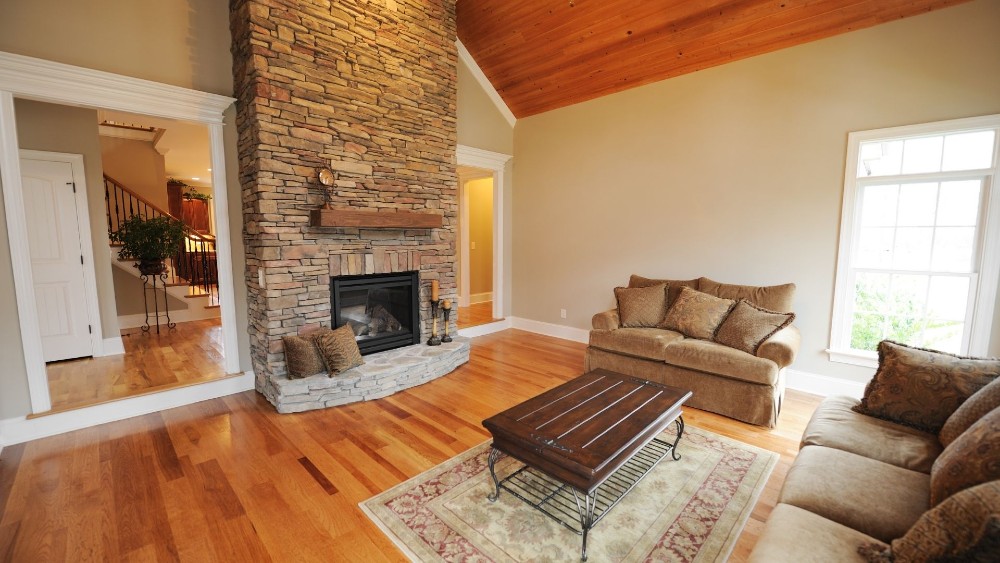
Average cost to rehab a house
The average cost of a house rehab depends largely on the size, age and location of the house as these factors all impact the cost of materials and labor. Per square foot, the average cost to rehab a house can be anywhere from $15 to $60, based on the factors mentioned above. According to realtor.com there are 3 main price brackets for a house rehab. These are low, medium and high.
A low-cost rehab’s average price falls anywhere between $25,000 and $45,000. It includes small projects like painting, small repairs and landscaping. A medium-cost rehab’s average price can be between $46,000 to $75,000, and features low-cost projects, as well as a kitchen remodel and bathroom renovation. The high-cost rehab’s average price is anywhere from $76,000 upwards and also includes roof, sewer line and foundation fixes.
Which renovations give you the best ROI?
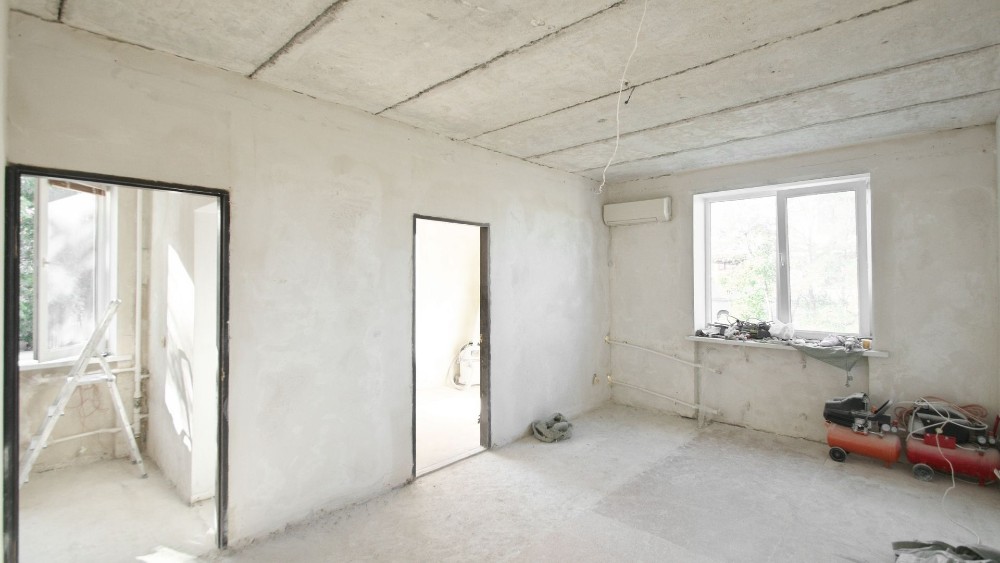
When you’re doing a house rehab on a budget, you’ll be looking for the renovations that give you the biggest bang for your buck. According to Remodeling Magazine’s Key Trends in the 2021 Cost vs. Value Report, these are the average costs and ROI for various renovation projects.
Garage door: One of the easiest projects, and least expensive is simply replacing the garage door. The average cost of this is around $4,000 and the percentage of the cost recovered is usually around 94%, making this the top of the list for projects that give you the best ROI.
Stone veneer: The next renovation is adding manufactured stone veneer to the house. While this renovation is more costly, with an average price of around $10,000, about 92% of these costs can be recouped on average once you’ve sold the property.
Steel entry door: A small yet effective renovation is to replace the entry door with a steel one. This should only cost about $2,000 and often recoups about 65% of what you spent on it.
Bathroom remodel: While you may think bathroom renovations are at the top of the list, a mid-range bathroom remodel may only get you 60% of your costs back and is likely to cost in the region of $24,400 for an upscale remodel.
Kitchen remodel: Kitchens are one of the first places investors look to renovate, and a kitchen remodel can easily cost you $75,000, however, it is only likely to recoup about 57% of your costs. So, it’s a good idea to think twice between before adding a major kitchen remodel to the checklist.
Master suite: Adding a master suite to a home may be a renovation to consider, however bear in mind that a mid-range master suite addition can cost around $150,000 and often recoups about 55% of what you’ve spent on it, when it comes time to sell.
List of affordable renovations that increase property value
- Painting is one of the most affordable and effective renovations that you can do. It makes a huge impact to a home, by changing the look and feel of each room simply by changing the color.
- Updating fixtures and hardware like faucets, lights and door handles might seem like a small detail, but it can make a large change to home. Particularly if the house has old-fashioned fixtures.
- Basic repairs like a leaky toilet or a torn screen door can go a long way towards improving the overall value of your home and are simple and cheap to do but often overlooked.
- Replacing the flooring is a sure-fire way to increase a home’s value, especially if the current flows are old and damaged. Laminate floors are a more affordable option available and will make a big impact to a house with old or damaged floors.
- New plants for the garden that can add to your curb appeal and can go a long towards adding value to the home by improving how it looks to people from the street. This, along with a landscaped lawn can increase your property’s value easily.

List of expensive renovations that can destroy a property deal
- Pools and hot tubs are one of the most expensive additions to a house, and they can lose you a property deal. Why? Not everyone wants a swimming pool, they’re expensive to maintain and people may prefer extra yard space. Pools and hot tubs simply won’t give you a good return your investment and can cost anywhere between $30,000 to $50,000.
- Installing a sunroom may seem like a great idea at the time, but this is not only expensive, we’re talking $25,000 to $80,000, but it also doesn’t appeal to everyone. So, not only will the return on this investment be low, but it could be a deal breaker for buyers who don’t want a sunroom and would prefer that space to be enclosed or part of the yard.
- For couples with no children, for example, combining two bedrooms to create one larger room can seem like a great way to make a larger space. However, this can ruin a property deal for buyers who need an extra room for kids or an office space and can’t afford to do such a large alteration to a house.
- Putting in quirky tiles or flooring can cause an issue for new buyers, simply because everybody’s taste is different. Buyers may not have the same style, so keeping a house neutral is the best way to go.
How to get a loan to rehab a house
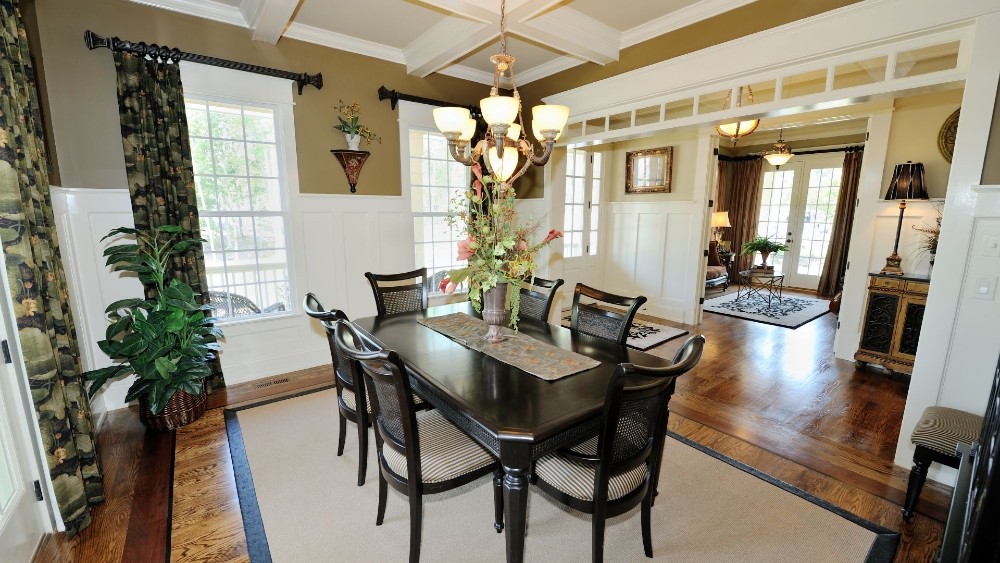
If you don’t have the funds ready and waiting for a rehab project, there are a few options available for you. Using a personal loan to rehab a house is a common way to fund the project because it’s an easier option and the loan terms tend to be more flexible. Companies like New Silver offer personal loans of up to $100,000 with no collateral required and an APR from 5.99%.
Using a hard money loan to renovate a house is a good option for those who want a short-term loan that’s easier to qualify for. These are a good idea for rehab projects because they’re quick to get approved, they can be secured with an investment property and, while the interest rate is higher, the loan is over a shorter period so this isn’t a big impact for borrowers.
Another option is to refinance a property that you already have, via a cash-out refinance or a home equity loan which is basically a second mortgage. A home equity loan will usually have a fixed interest rate and give you a lump sum to work with. Whereas a cash-out refinance gives you a new loan with a higher balance, however you’ll get lower interest rates.
In summary
A home rehab doesn’t need to break the bank and it is possible to stick within your budge if you create a plan and stick to it. Focus on the projects that give you the biggest return on your investment and create the biggest impact at a more affordable price, and you should be able to create the best after-repair value for the house. If you’re strategic about the rehab project and you stick to projects that fall within your budget, you should have no problem with your next rehab project on a budget.
